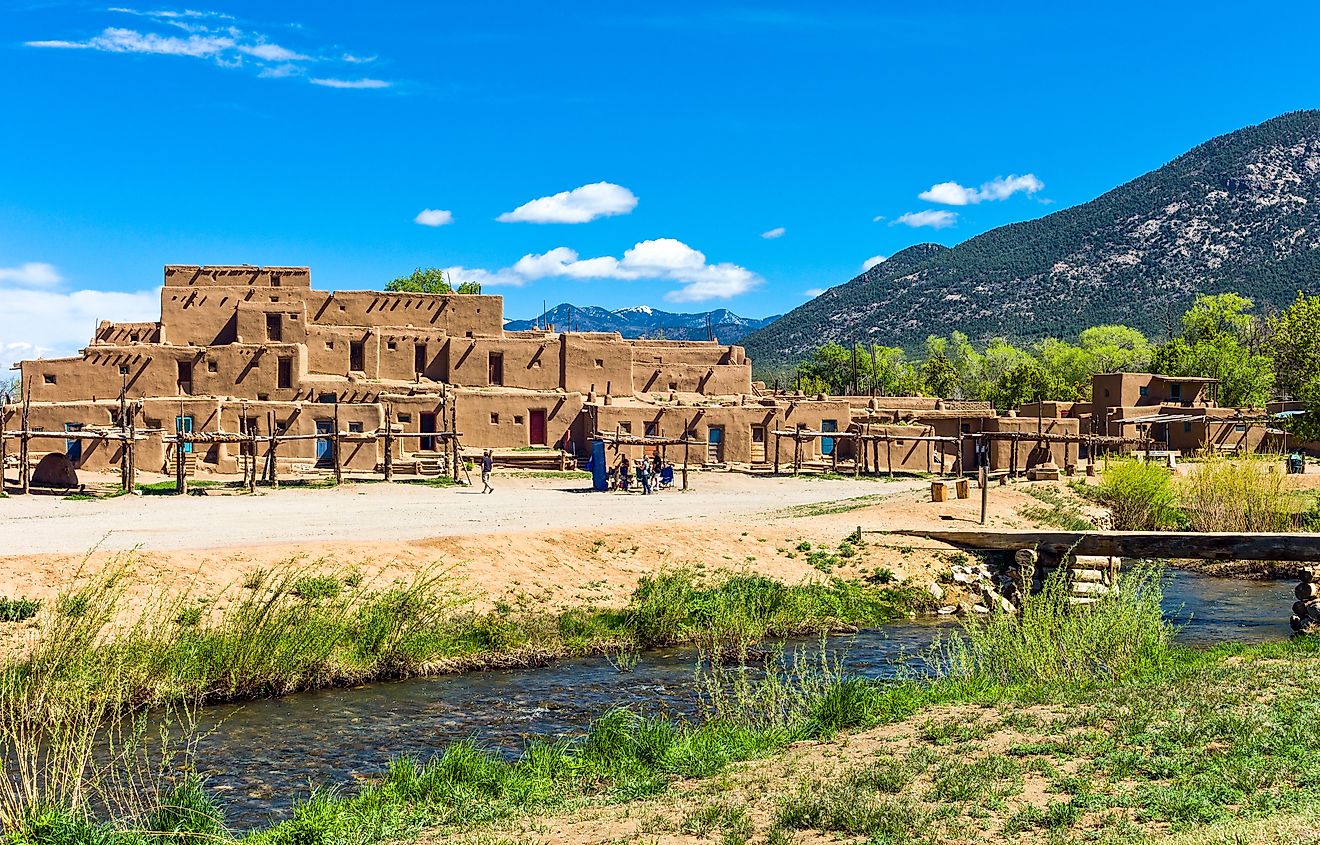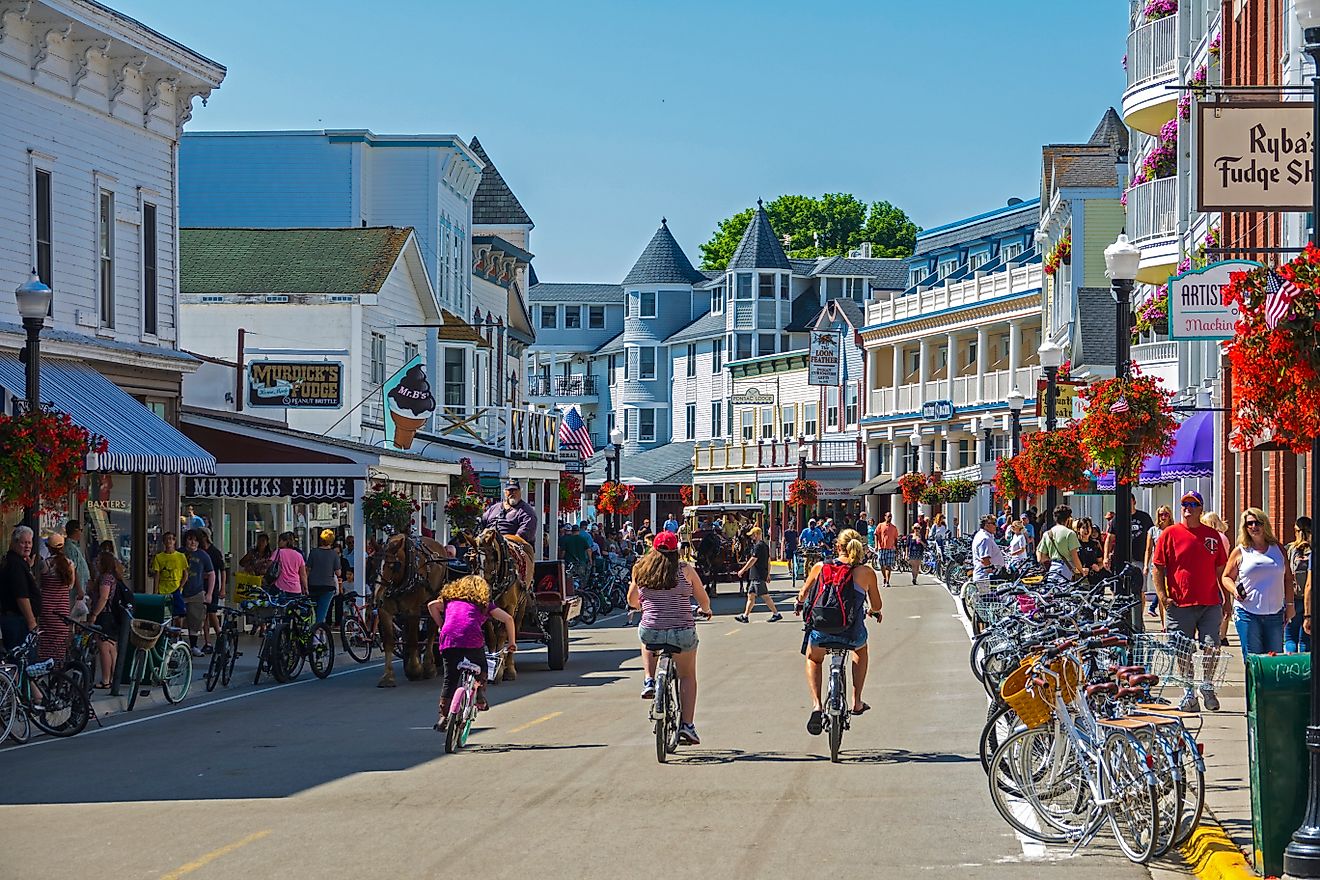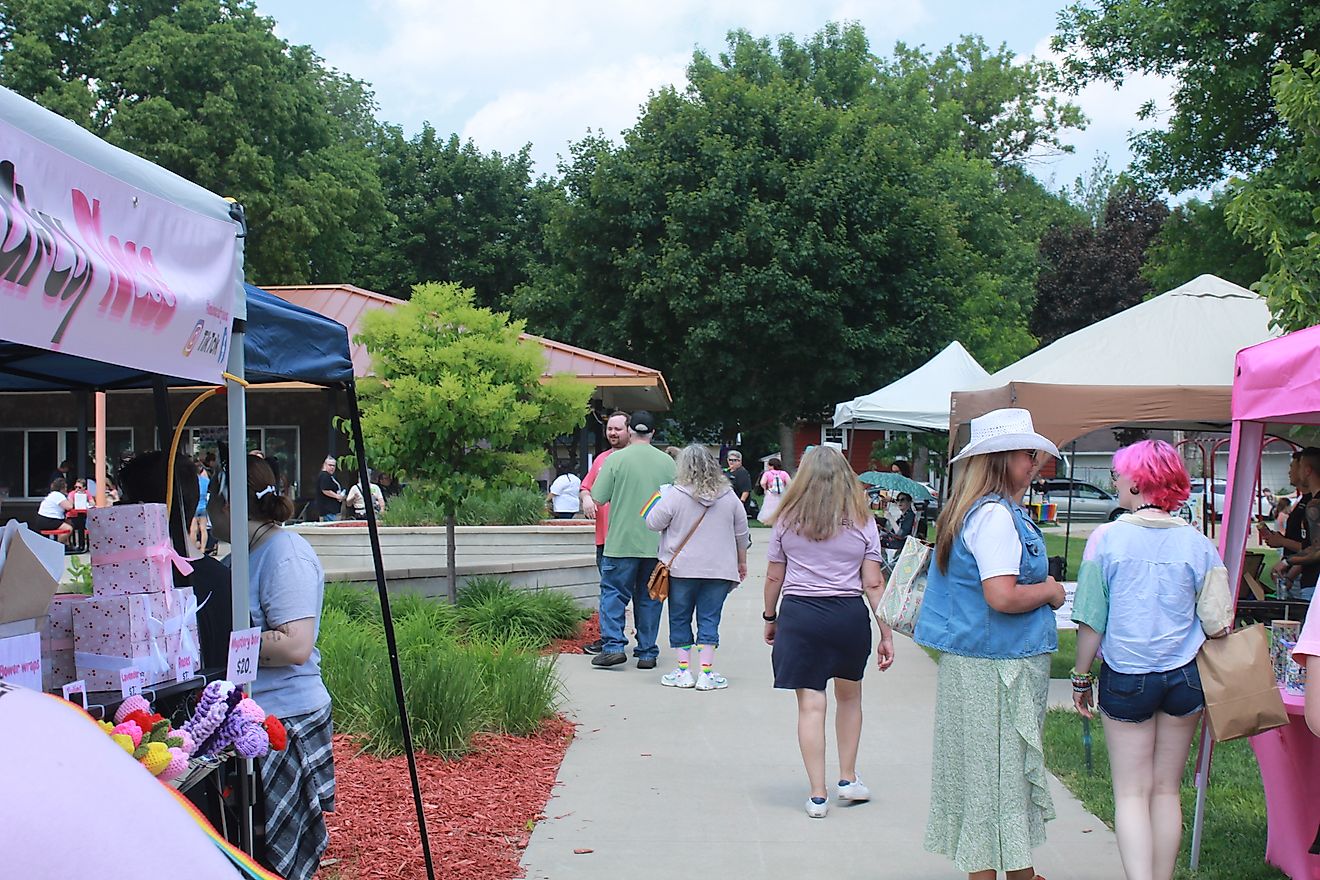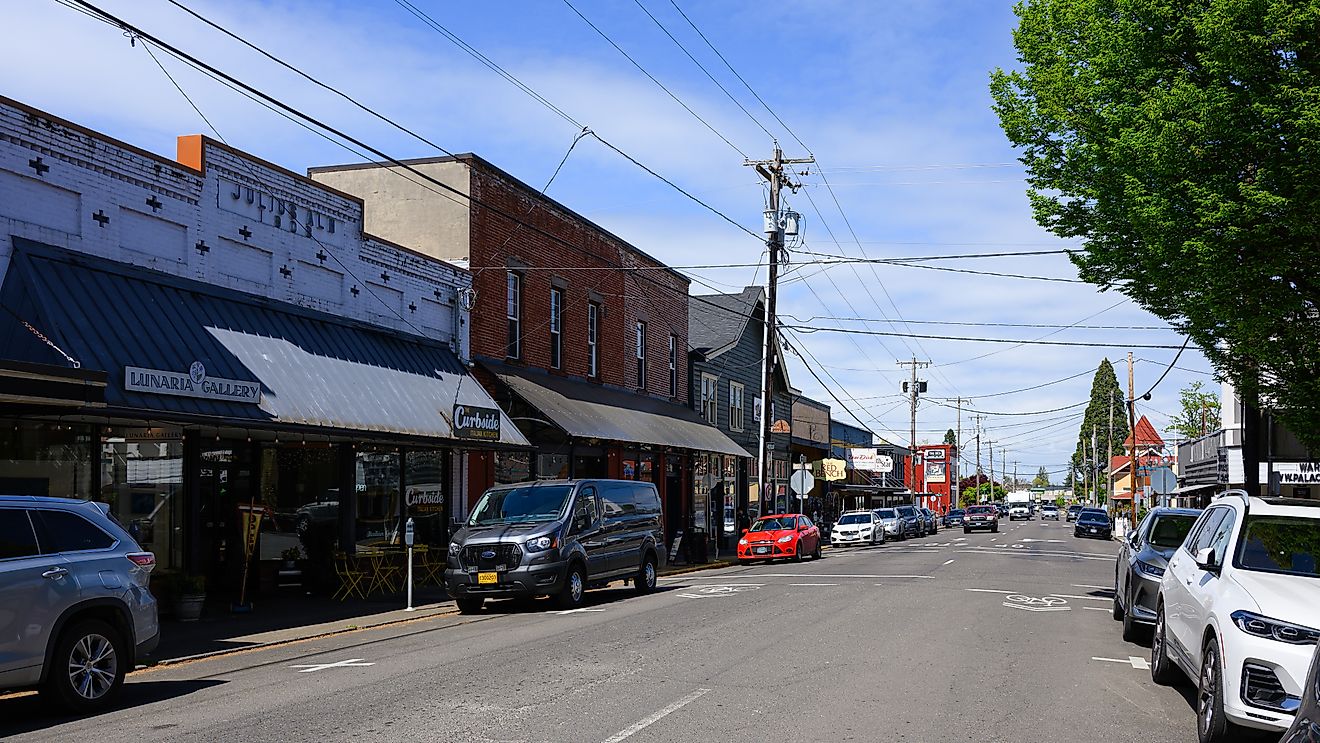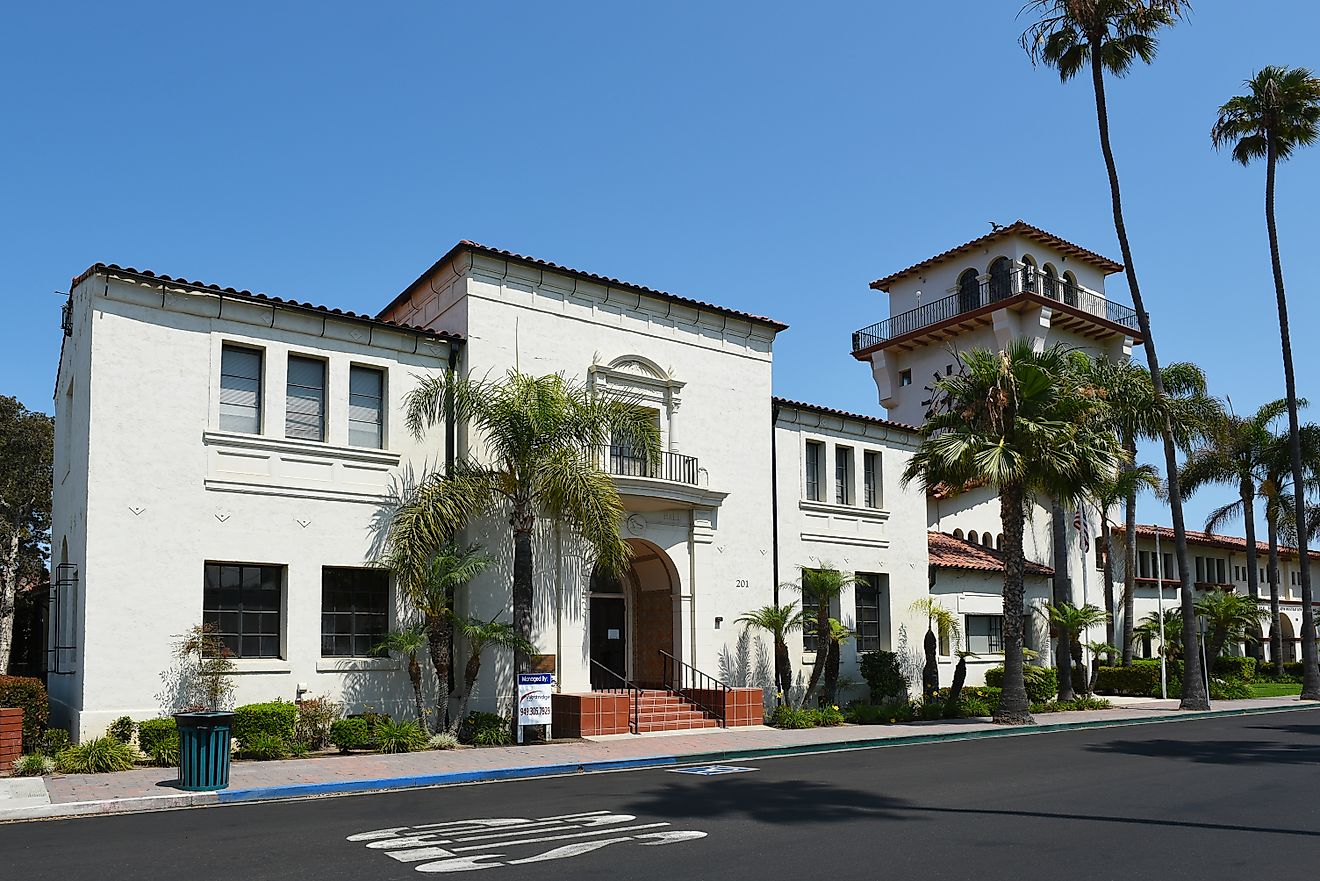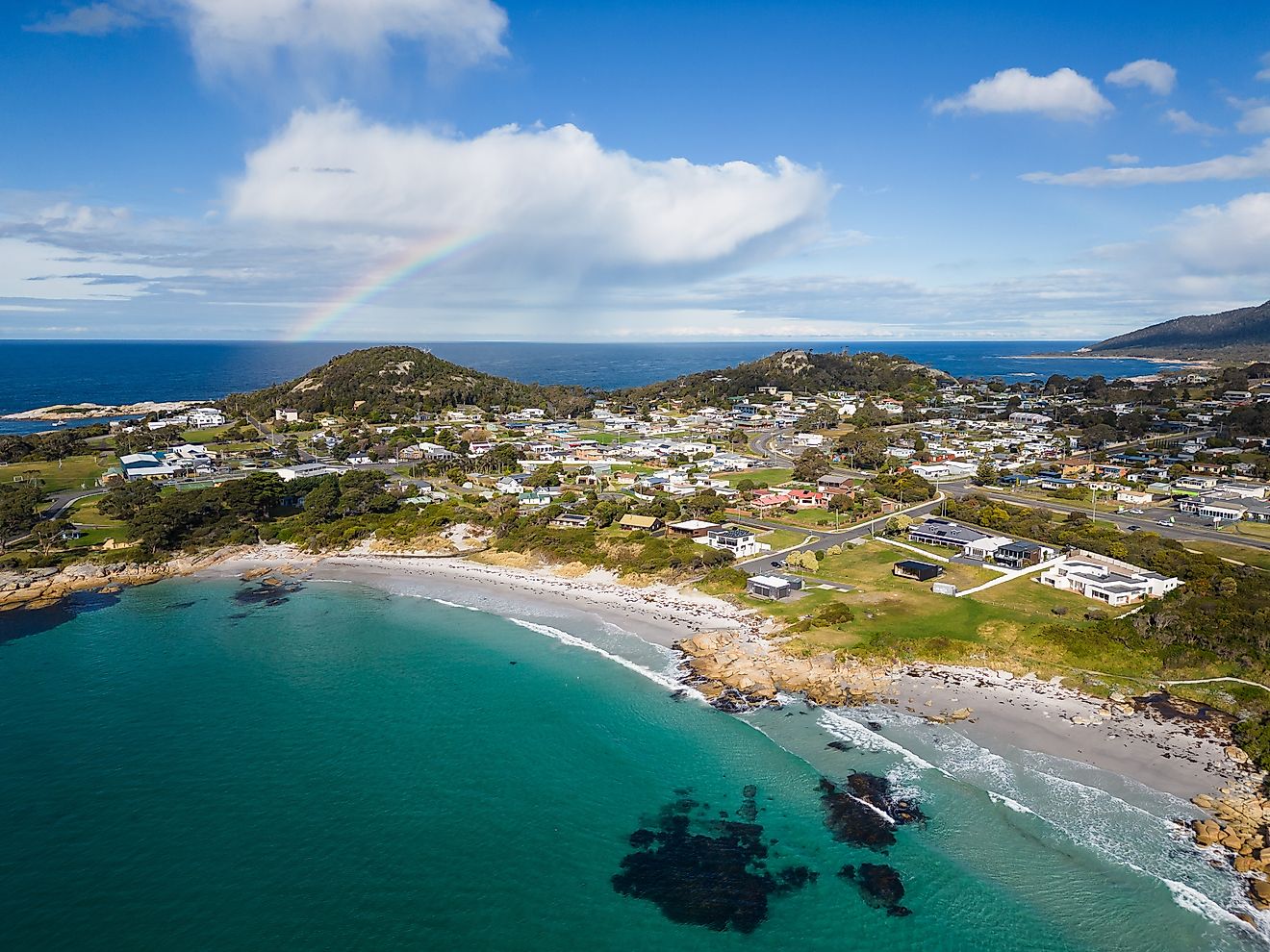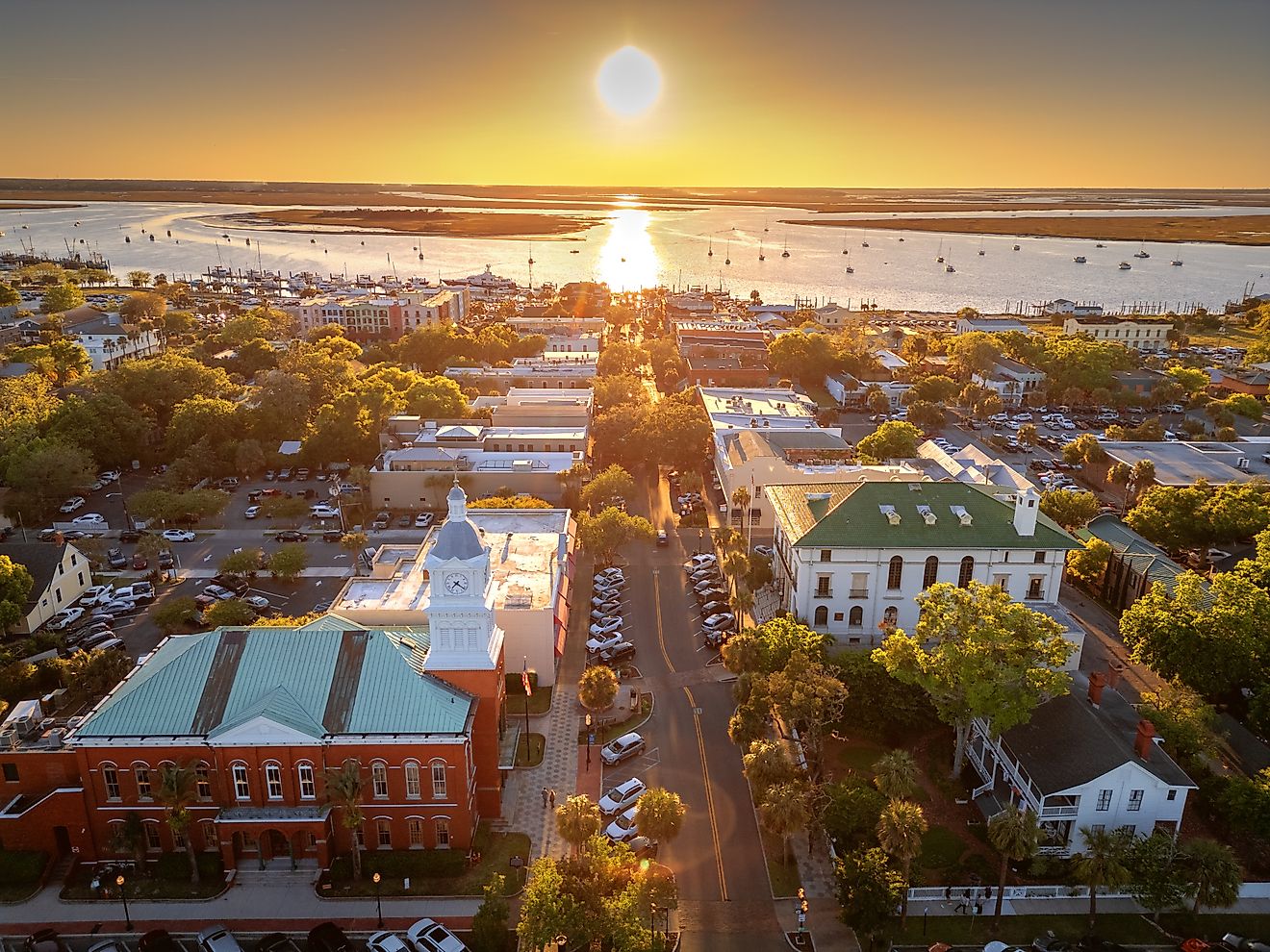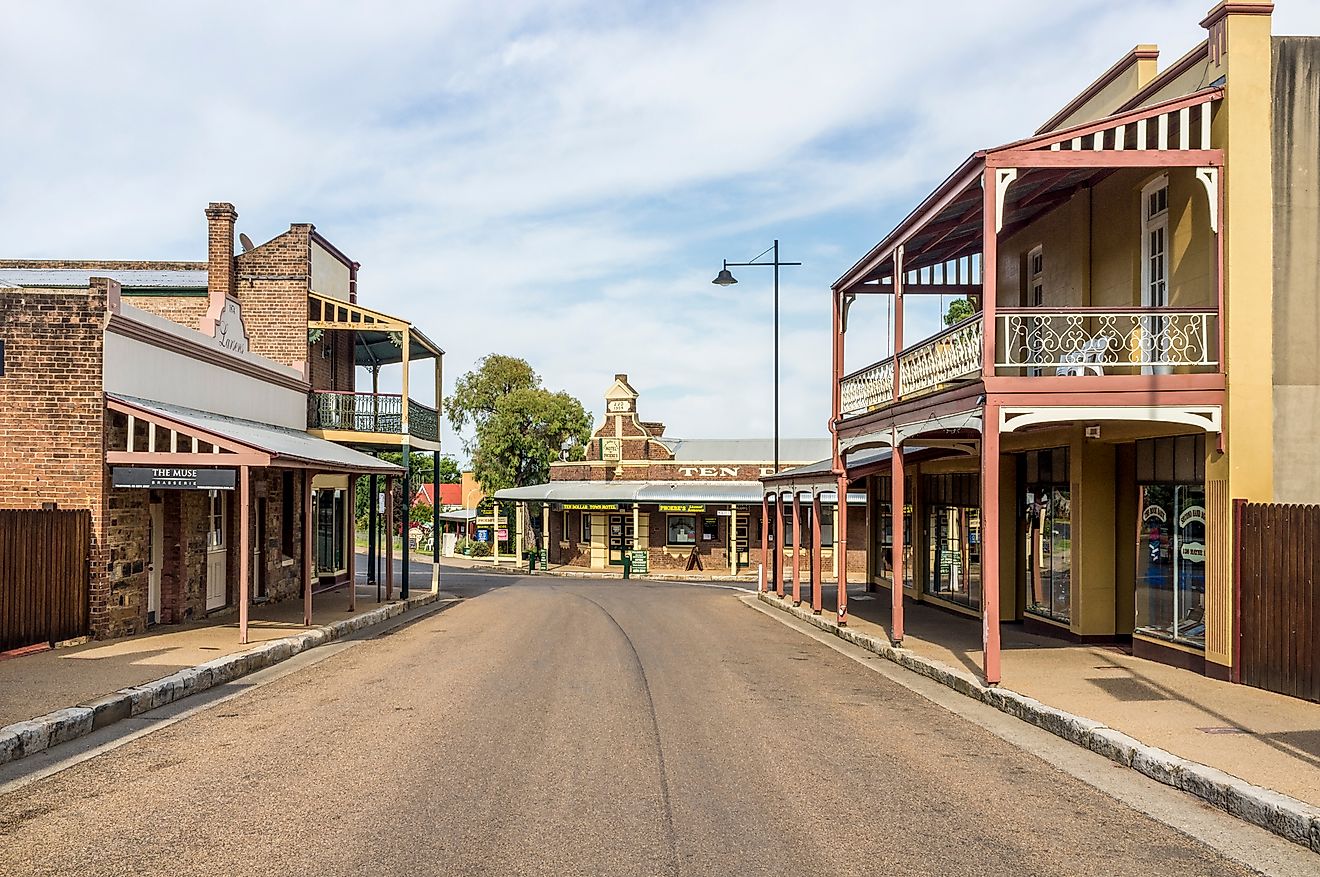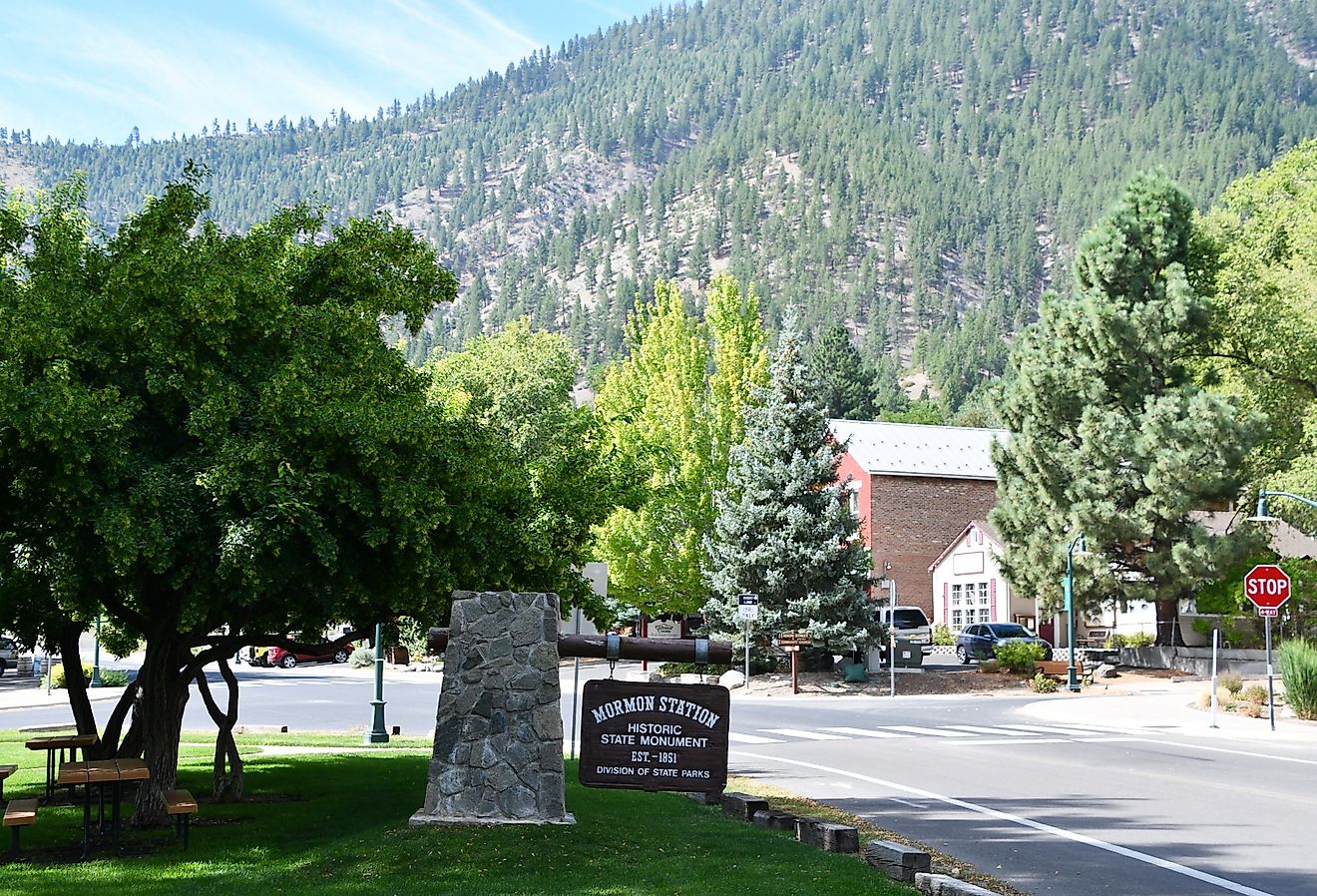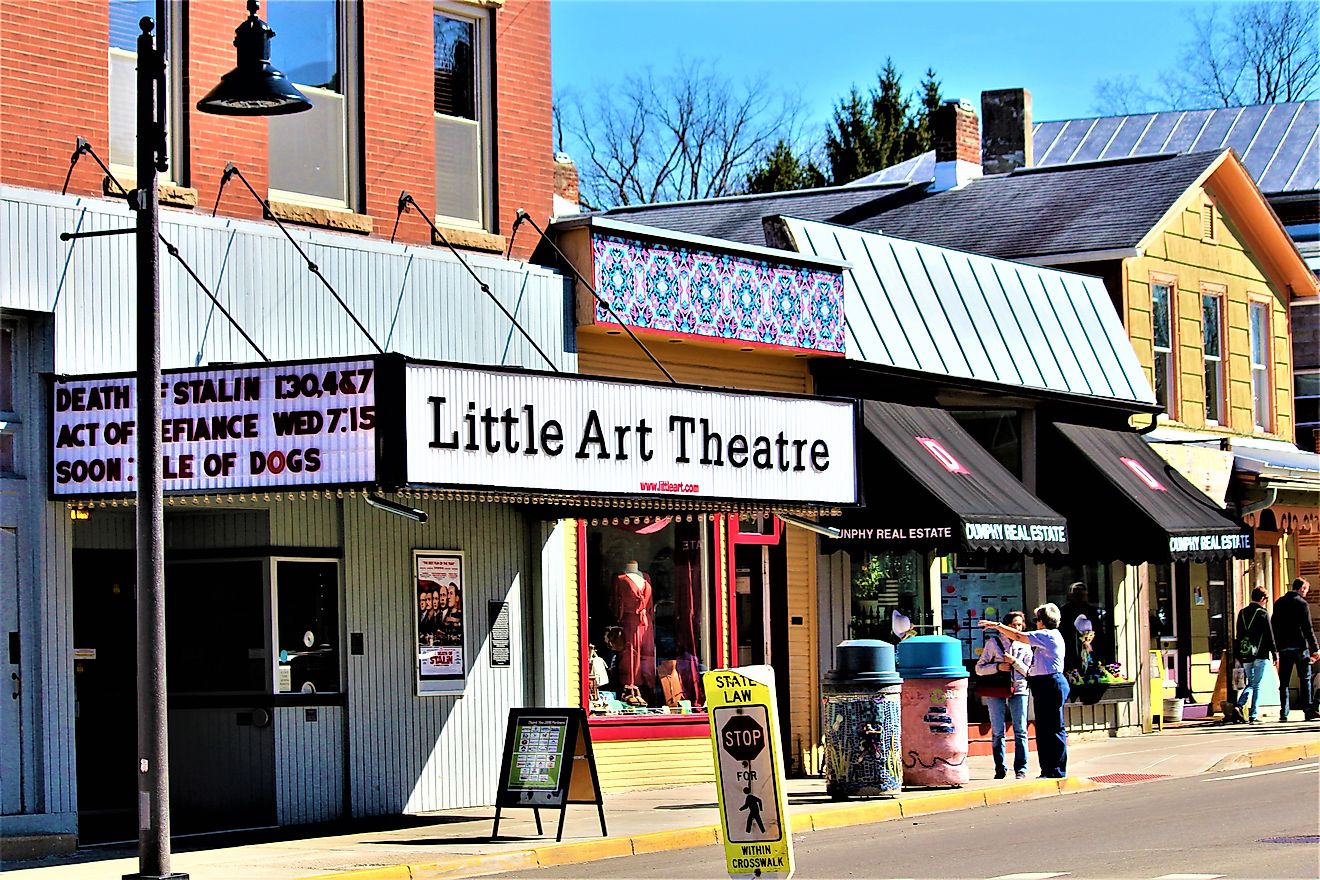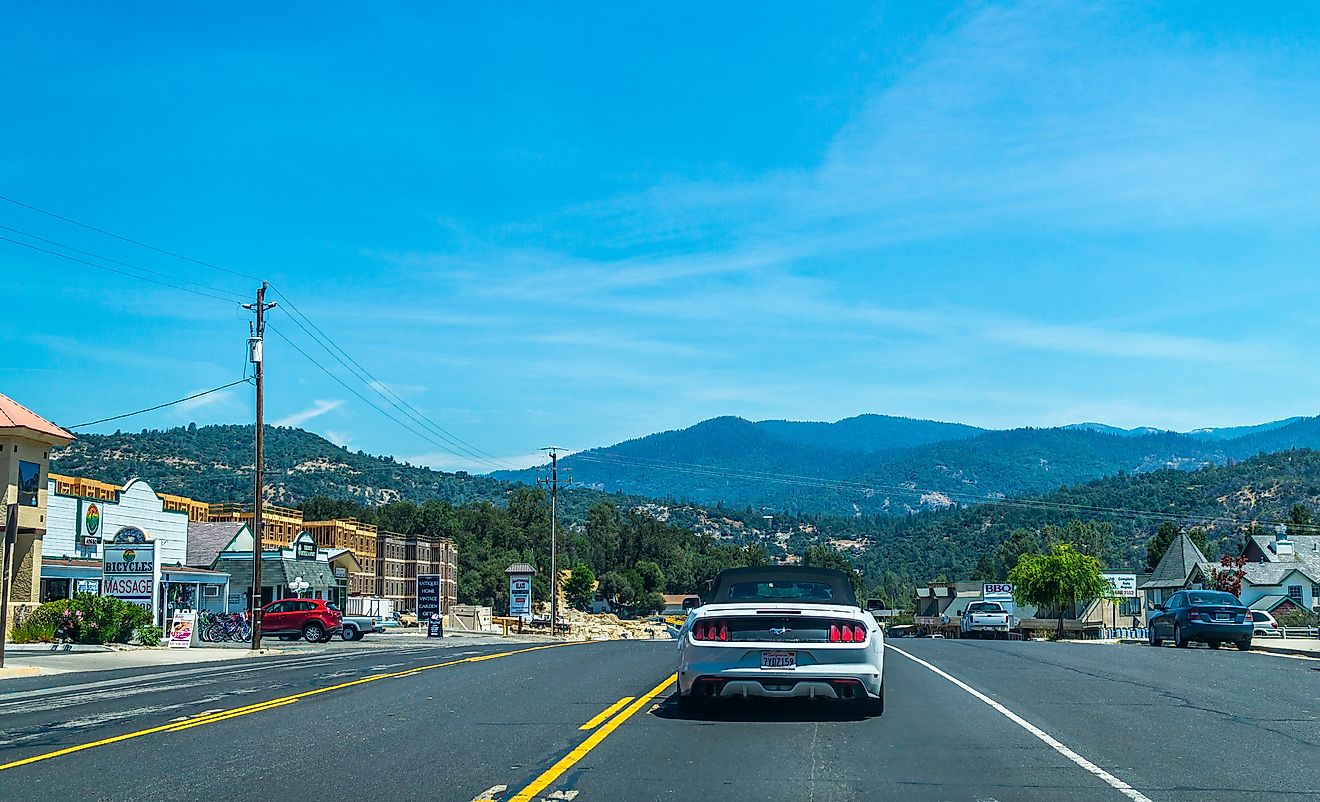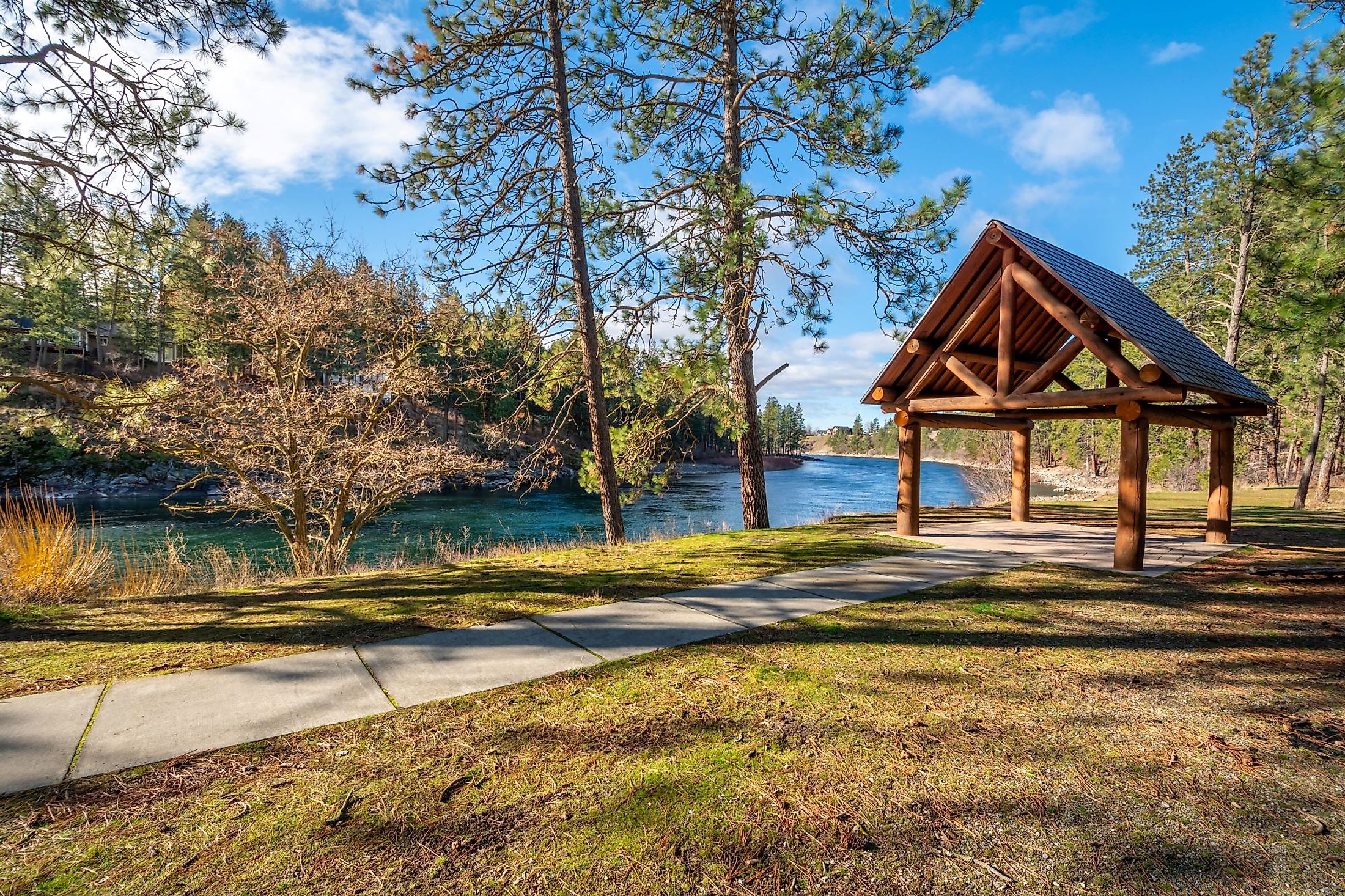
Post Falls, Idaho
Tucked away in northwestern Idaho, Post Falls is a city that provides many seasonal activities for all walks of life. Its deep-rooted history on the banks of the Spokane River has attracted individuals from all over the continent. Post Falls' downtown core is full of quality dining, accommodations, shopping, attractions, and activities for its residents and thousands of visitors annually. The never-ending list of things to do will exceed any traveler passing by during their pacific northwest journey.
Geography And Climate Of Post Falls
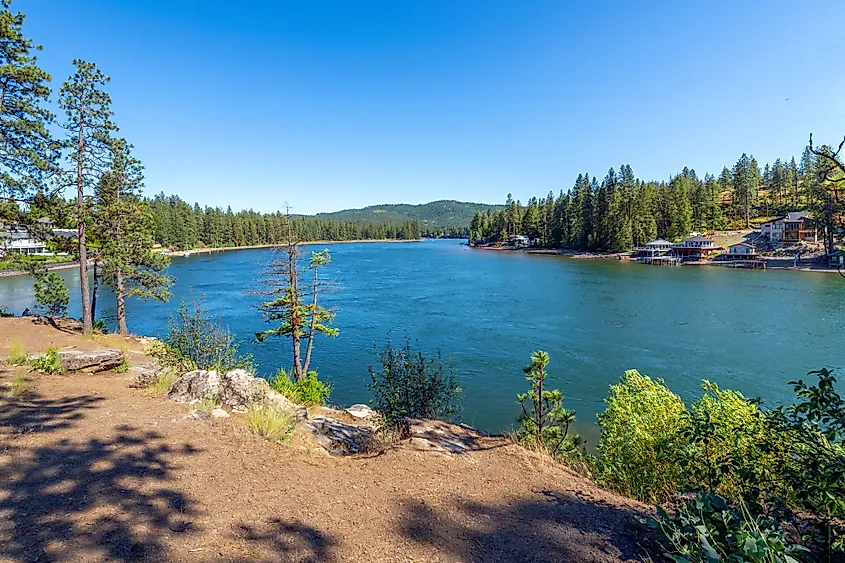
The western city limits of Post Falls border the Evergreen State of Washington. Wedged between Spokane, Washington, and Coeur d'Alene, Idaho – Post Falls is a bedroom community and suburb for each city. Four and a half hours west of Post Falls, drivers can reach the coastal city of Seattle, Washington. Four hundred sixty-one kilometers on the eastern foothills of the Rocky Mountains range is Montana's capital city, Helena. Roughly 200 kilometers north of the town is where Idaho, Washington, and Canada meet; unfortunately, there is no marker for hikers to find in the wilderness. Moving south, the City of Trees, Boise, is just over 600 kilometers from Post Falls.
In Post Falls, summers are short, hot, and dry, while winters are long, frigid, and snowy, thanks to the closeness of the Rocky Mountains. Summer temperatures seldomly surpass 35˚C, and rainfall is deficient; it creates excellent weather for mountain activities and water sports. Fall weather is great for camping and hiking as summer ends until November arrives; this is the rainiest month of the year. Lows drop below 0˚C, the rain turns into snow, and winter disembarks in Post Falls. December and January are very snowy - throughout the winter season, Post Falls can receive over a meter of snowfall. As the weather warms into spring, the snow stops flying by mid-April, and days become longer and sunnier. The number of sunny days is below the national average, with just 176 sunny days yearly.
History Of Post Falls
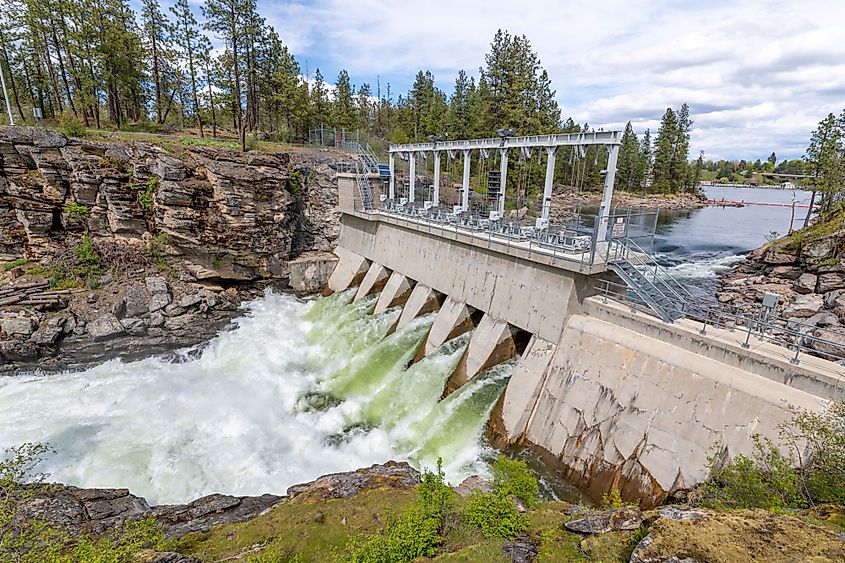
The Schitsu'umsh tribe roamed and lived off the land on the edge of the Spokane River for thousands of years, now modern-day Post Falls. By the late 18th century, French pioneers found their way to northwestern Idaho and gave the tribe its current name, Coeur d'Alene tribe. A respectful German millwright, Frederick Post, went to the Pacific Northwest hoping to create a new lumber mill. In 1870, Frederick purchased the land for $500 from Chief Andrew Seltice, the leader of the Coeur d'Alene Tribe. The written agreement between both parties, known as Treaty Rock, is still visible today in Falls Park. The trustworthy family man established the town of Post Falls in 1871. The name derives from Frederick's surname and the waterfall located in Post Falls. By 1879, the Washington Water Company installed a log dam, and twenty-seven years later, it was reconstructed to generate electricity.
Population And Economy Of Post Falls
The fast-growing city of Post Falls covers a total area of 36.54 sq. km and has a population of 41,053 residents as per the latest US Census. The town has seen a growth of over 45% since 2010. The poverty rate is 12.76%, and the average household income is $63,387. Post Falls has a median age of 33.9 years, with males averaging 32.8 years and females averaging 34.6 years. Post Falls is home to 97.30% English-speaking residents, while 2.70% speak other languages. 1.61% of the population speaks Spanish, the largest non-English language. More than 63% of the citizens are employed, and the unemployment rate is low at 3%. The industries that use the most people are healthcare, retail, manufacturing, construction, and educational services.
Attractions In Post Falls
Q’emiln Park
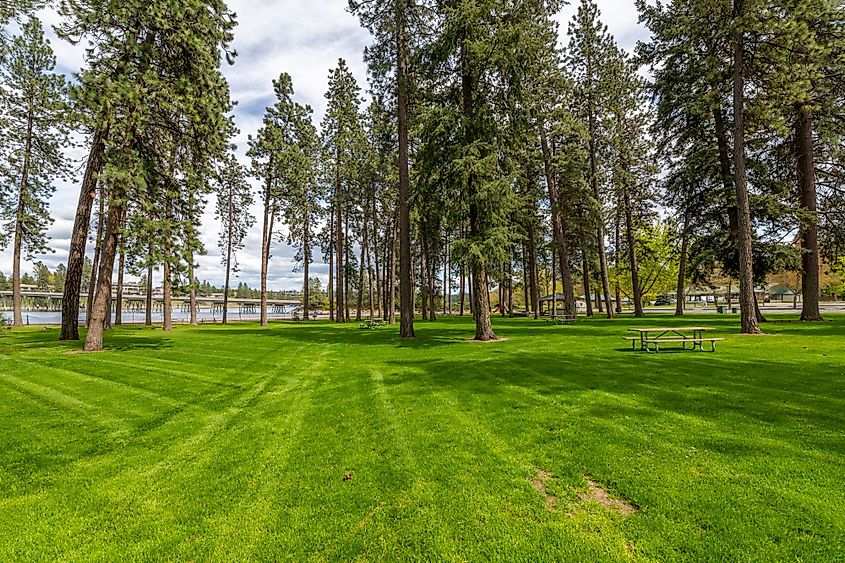
Q'emiln Park is a 78.5-acre park situated to the south of the Spokane River, with trails intertwining throughout the green space. Groups can access covered shelters, barbeques, a swimming area, and play areas for games and children. The park is next to Post Falls Community Forest, allowing hikers, runners, and cyclists to extend their voyages.
Findlay Stadium Stateline Speedway
The racetrack is ¼ mile in length with two options, an oval track or a racetrack in the shape of figure eight. The concrete bandstand can hold many viewers for car racing, Demolition Derby, and concerts. At the top of the bleachers, the speedway offers three separate food stands and two beer gardens. The racetrack is open for events from March until the end of September.
Post Falls Historical Society Museum
Established as a museum in 1923, the building used to be a pharmacy called Chapin's Drugs. Guests can learn about the history of Post Falls by examining three main displays of artifacts from the region, an old school room, and military articles. The affordable museum is only open from April to October.
